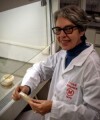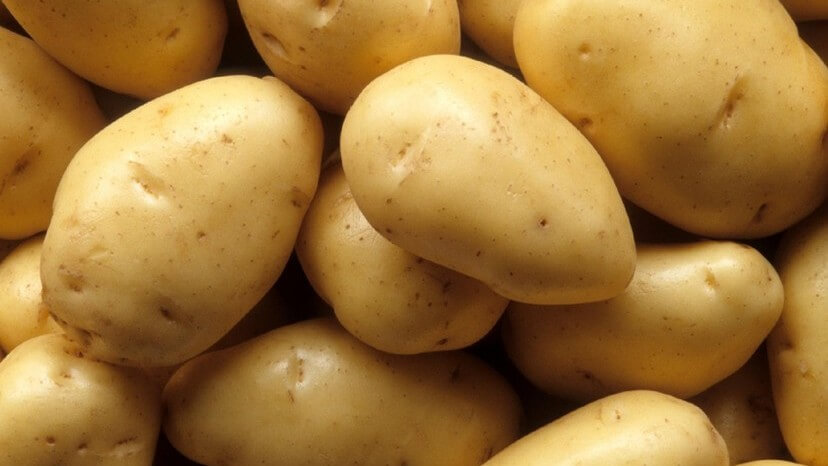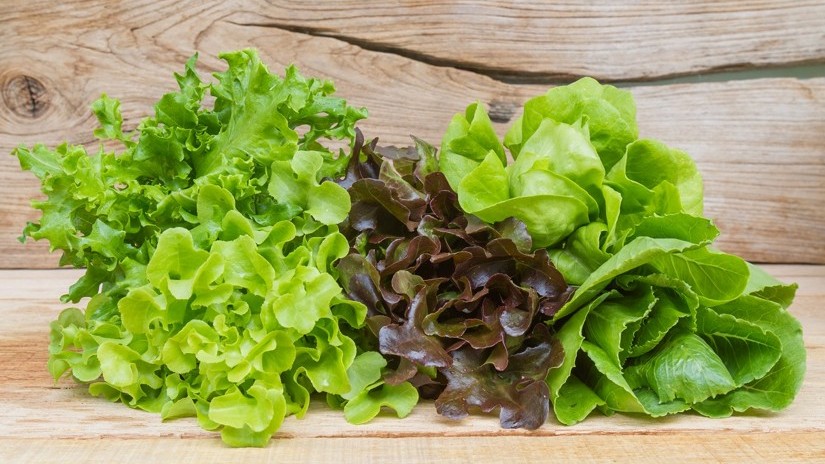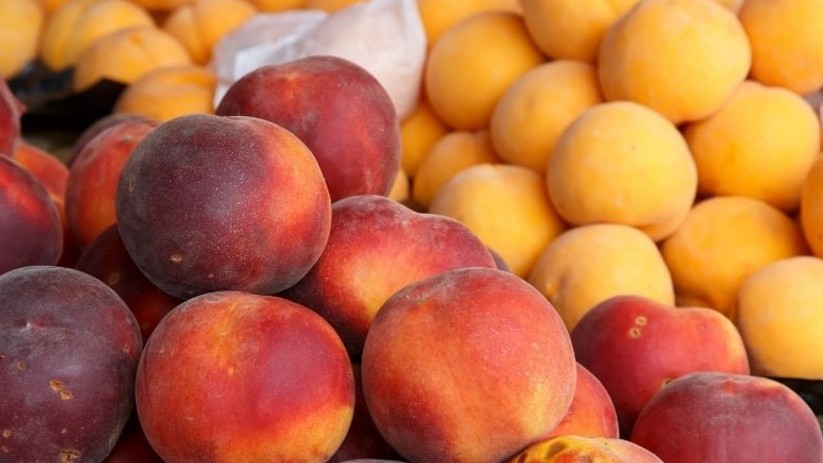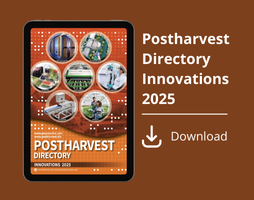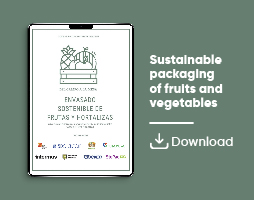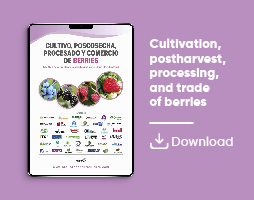News
Genetic aspects of cold damage
The transcription factor PpWRKY4 influences cold damage in peaches by activating the PpVIN2 gene, which encodes the enzyme acid invertase, accelerating sucrose catabolism
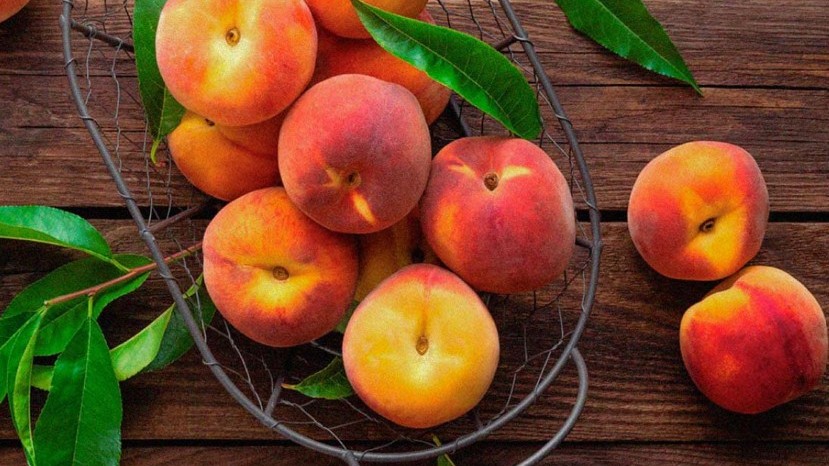
Peaches (Prunus persica (L.) Batsch family Rosaceae) are highly prized by consumers worldwide for their flavour, texture and nutritional content.
These fruits, which ripen in summer, are highly perishable after harvesting.
Low-temperature storage is a common method used to preserve fruit and vegetables. However, peaches are particularly susceptible to cold damage.
Cold damage and cold tolerance
Symptoms mainly include loss of juice, browning and lignification, among others, which seriously affect their quality and commercial appeal.
A significant correlation has been documented between sugar accumulation, especially sucrose, and the cold tolerance of plants.
The role of sucrose
Sucrose is not only a cryoprotectant capable of reducing damage to the cell membrane caused by low temperatures, but also acts as an essential energy source, providing plants with the necessary reserves.
In addition, sucrose influences oxidative balance by activating antioxidant systems to eliminate free radicals, thus playing a protective role in plants' response to stress.
For example, when exogenous sucrose was applied to cucumber seedlings exposed to low-temperature stress, the levels of radicals such as superoxide (O₂˙⁻) and hydrogen peroxide (H₂O₂) decreased.
Sugars in peaches
In peaches, soluble sugars consist mainly of sucrose, glucose and fructose, which account for approximately 75% of the total content.
When damaged by cold, peaches exhibit an increase in the permeability of their cell membranes and, as a result, a loss of sucrose content, indicating that a higher content of this sugar promotes membrane stability and better cold tolerance.
The metabolic pathways of sucrose are very complex, with invertase being one of the enzymes involved in these processes and the most studied.
Acid invertase, the enzyme that catalyses the hydrolysis of sucrose
Invertase catalyses the hydrolysis of sucrose, releasing glucose and fructose, thus playing a fundamental role in the transport of carbohydrates.
Depending on its optimal activity according to pH, invertase can be classified as neutral invertase (pH 7.0 to 7.8) and vacuolar acid invertase (pH 3.5 to 5.5).
Since most intracellular sucrose is stored in vacuoles, acid invertase plays an important role in modulating the metabolism of this disaccharide and in stress resistance.
Genes encoding acid invertase and cold tolerance
Among the genes encoding acid invertase in peaches, only PpVIN2 showed significant sensitivity to cold stress and is strongly induced under these circumstances, especially in certain varieties of this fruit, indicating a close relationship between this gene and sucrose breakdown.
It has also been shown that the regulation of PpVIN2 can significantly affect the cold tolerance of peaches.
Previous studies have verified that PpINH1, an invertase inhibitor*, improves the cold tolerance of peaches by interacting with the enzyme encoded by PpVIN2.
It has also been found that the transcription factor PpCBF6 negatively regulates PpVIN2, thereby reducing the activity of the vacuolar invertase enzyme and increasing sucrose content, ultimately improving the cold tolerance of peaches.
The regulation of the PpVIN2 gene appears to be fundamental to understanding the correlation between sucrose metabolism and cold tolerance.
Cold is one of the most common abiotic stresses in plants, and transcription factors play an important role in its regulation.
The WRKY family of transcription factors
WRKY** is considered one of the most important families of transcription factors in plants, playing a crucial role in their development and stress resistance.
Various studies have shown that these transcription factors can respond to cold stress.
They can bind to the W-box element (TTGACC/T), with a central TGAC motif, located in the promoter region of target genes. This binding activates or inhibits gene transcription in a highly conserved manner.
However, the connection between WRKY transcription factors and sucrose metabolism remains poorly researched, and knowledge focused on how WRKY affects plant cold tolerance through the regulation of sucrose metabolism is limited.
Study with 61 WRKY transcription factors, including PpWRKY4
To investigate the mechanism by which WRKY transcription factors regulate cold tolerance in peaches, a recent study selected 61 transcription factors from this family in peach fruit according to their sensitivity to low temperatures.
Among these, the PpWRKY4 factor was analysed in greater depth and its relationship with sucrose metabolism was studied using the transient overexpression system in peaches and transgenic Arabidopsis plants.
The results showed that the PpWRKY4 transcription factor acts as a transcriptional activator of the promoter in PpVIN2 (a gene that encodes vacuolar invertase). Overexpression of PpWRKY4 not only increases the expression of PpVIN2, but also improves the activity of the vacuolar invertase enzyme, thus facilitating the breakdown of sucrose.
To further explore the role of PpWRKY4, transgenic Arabidopsis plants were constructed that overexpressed PpWRKY4 and exhibited higher levels of vacuolar invertase enzyme expression compared to wild-type plants, accompanied by lower sucrose content.
PpWRKY4 negatively influences cold tolerance
Taken together, these findings suggest that the transcription factor PpWRKY4 influences sucrose metabolism and negatively influences cold tolerance in peaches by activating PpVIN2.
This study lays the foundation for understanding the regulation of sucrose metabolism in peaches by WRKY transcription factors and contributes to enriching our knowledge of the regulatory network of sugar metabolism that influences cold damage in these fruits after harvest.
* PpINH1 is a protein that inhibits the vacuolar invertase enzyme, which plays a role in regulating cold tolerance in peach fruits; it acts as a regulator of enzymatic activity, which is crucial for the adaptation of plants to extreme temperatures, influencing various metabolic processes and cell development.
** WRKY refers to a superfamily of transcription factors that are fundamental to the regulation of metabolic processes in all plants, responding to stress and development. The name of the WRKY domain, a conserved amino acid sequence (tryptophan, arginine, lysine, tyrosine) found at the N-terminal end of the protein. These proteins bind to specific promoter elements, such as a W-box sequence (TGACCA/TGACCT), to control gene expression.
Sources
Wu y.; Zhang, S.; Chen, Y.; Wei, Y.; Xu, F.; Ding, P.; Shao, X. (2025).
PpWRKY4 regulates chilling injury in peach fruit by activating PpVIN2 and accelerating sucrose metabolism
Postharvest Biology and Technology, 230: 113729.
Jiao, C. (2022).
PpCBF6 Is Involved in Phytosulfokine α-Retarded Chilling Injury by Suppressing the Expression of PpLOX5 in Peach Fruit
Front Plant Sci, 13:874338.
Cover Photo
https://www.ametllerorigen.com/es/blog/cuantas-variedades-de-melocotones-hay/ Access on 06/09/2025.


